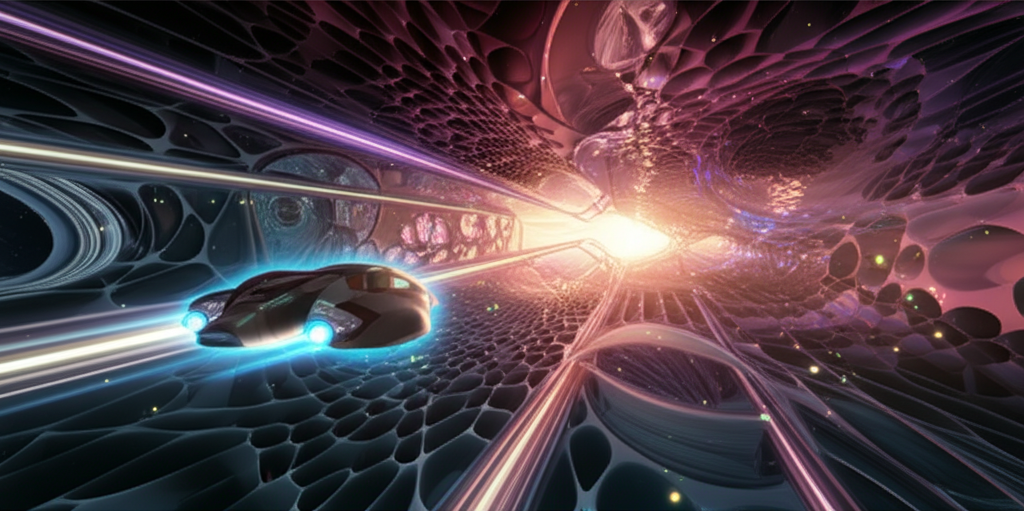Living Ecosystem Vehicles: Transportation as Biological Habitats
Revolutionary biotechnology creates vehicles that function as complete living ecosystems, supporting diverse life forms while providing transportation.

The ultimate fusion of transportation and biology has created vehicles that function as complete living ecosystems. These revolutionary bio-vehicles support diverse communities of plants, animals, and microorganisms while providing transportation, creating mobile habitats that enhance biodiversity.
Living ecosystem vehicles are grown rather than manufactured, using advanced biotechnology to create symbiotic relationships between transportation systems and biological communities. The vehicle structure itself becomes a living habitat supporting hundreds of species in perfect ecological balance.
The breakthrough came through understanding how to engineer beneficial symbiotic relationships between mechanical systems and living organisms. Plants provide oxygen and process waste, while animals contribute to navigation and maintenance, creating self-sustaining transportation ecosystems.
Vehicle ecosystems include multiple habitat zones optimized for different species. Canopy areas support birds and flying insects, root systems house soil organisms and fungi, while aquatic sections provide homes for fish and amphibians, creating complete biodiversity within the vehicle.
Energy systems rely entirely on biological processes, with photosynthesis providing primary power while decomposition and fermentation generate additional energy. The living ecosystem produces all energy needed for transportation while maintaining perfect ecological balance.
Navigation occurs through biological sensing systems where plants detect environmental conditions, animals provide spatial awareness, and microbial networks process information. The entire ecosystem participates in navigation decisions through complex biological communication networks.
Maintenance becomes ecosystem management as the vehicle's biological systems self-regulate and repair. Damaged components are healed through biological processes, while the ecosystem adapts to changing conditions and optimizes performance through evolutionary mechanisms.
Passengers become part of the ecosystem, contributing to the biological community while benefiting from the clean air, natural beauty, and therapeutic effects of traveling within a living habitat. The journey becomes an immersive nature experience.
Environmental benefits are enormous as ecosystem vehicles actually improve environmental conditions wherever they travel. They purify air and water, support endangered species, and create mobile wildlife corridors that enhance biodiversity across landscapes.
The technology represents a fundamental shift toward biological transportation systems that work with nature rather than against it. Living ecosystem vehicles demonstrate that advanced transportation can enhance rather than degrade the natural world.
Related Articles

Quantum Foam Navigation: Traveling Through Spacetime's Smallest Structures
Revolutionary quantum foam manipulation technology enables vehicles to navigate through the fundamental fabric of spacetime itself, accessing transportation networks at the Planck scale.

Psychic Resonance Vehicles: Transportation Through Mental Telepathy
Revolutionary psychic amplification technology creates vehicles that respond to telepathic commands and connect minds across vast distances through quantum consciousness networks.

Nano Swarm Vehicles: Self-Assembling Transportation Clouds
Revolutionary nanotechnology creates vehicles from billions of coordinated nanobots that can form any transportation configuration and adapt in real-time to changing conditions.